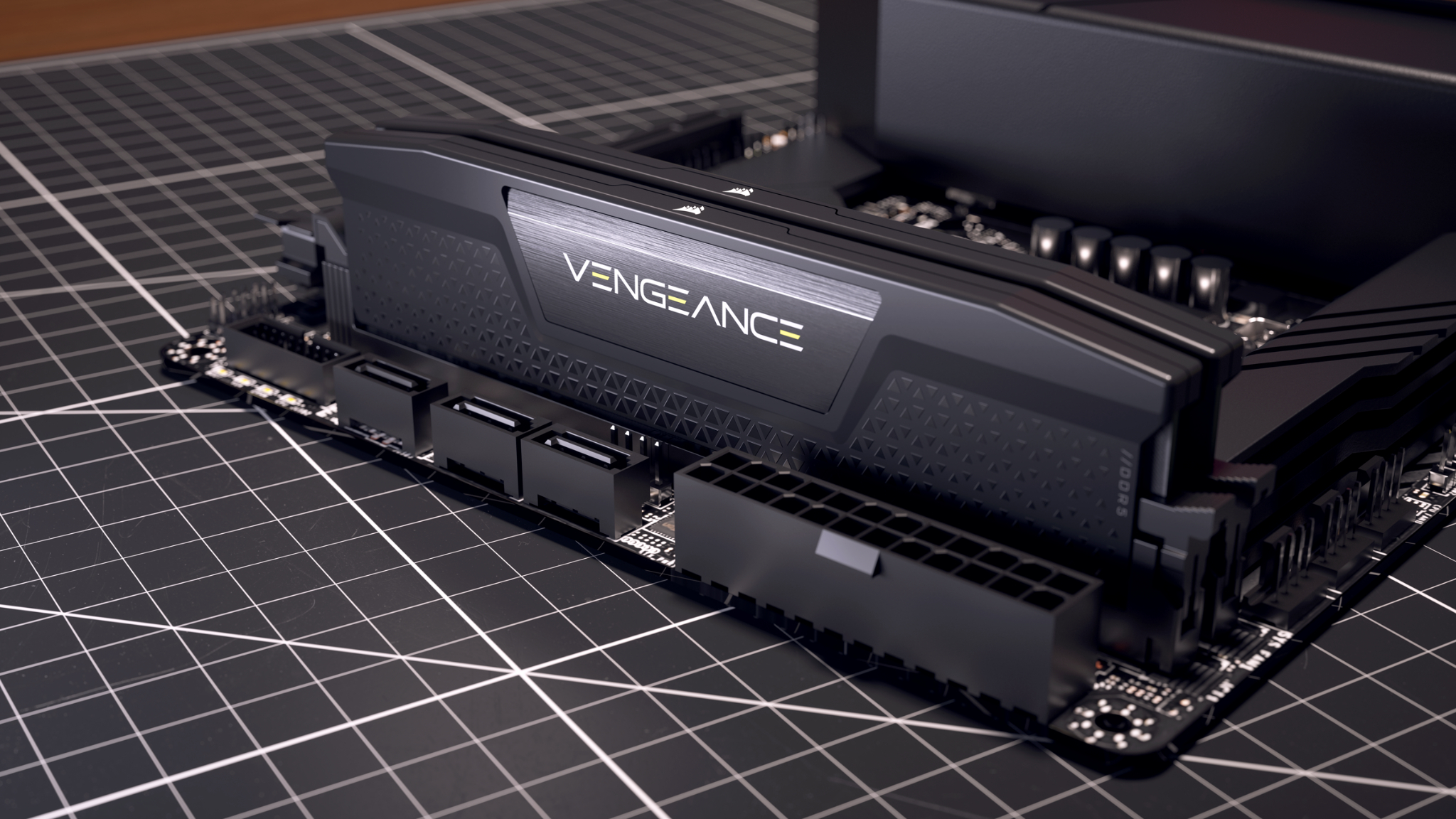Ways How to Deal With E-Waste to Create a Circular Economy

E-waste recycling is a complex and often challenging process. It involves the mechanical separation of materials – including water and magnetic separation – to recover valuable metals and other components. When recycled, electronics can be resold or reused in new products. It reduces the raw materials used and helps create a circular economy.
Recycling
E-waste or electronic waste is an increasing burden on the environment and human health. Almost all electronic devices contain toxic materials that can leach into the soil and groundwater. It is essential to adequately dispose of your old electronics, like the electronics recycling Albany NY. Many electronic waste products, including computers, computer peripherals, televisions, small-scale servers, and other tiny electronic equipment, must be recycled in an ecologically friendly way by New York residents.
Recycling electronics is an excellent way to reduce environmental impact and save energy. In addition, it also allows you to reclaim raw materials that can be used for new products.
Separating e-waste from other types of waste is the first step. It includes separating batteries, cables and other items that could be dangerous if mixed with other materials.
In the next step, the e-waste gets mechanically shredded into tiny pieces. This process helps to break down the materials into smaller sizes that are easier for machines to handle.
After shredding, the e-waste is sent to an industrial recycling facility. At these facilities, they use magnets to separate the ferromagnetic material from the non-ferromagnetic metals. This process ensures that the metals are separated for reuse or recycling.
Sorting
When a device is no longer usable, it goes through several sorting processes. Some may be reused, while others can be dismantled for components or mechanically separated to recover valuable materials.
The recycling process for e-waste is complex, involving transportation, material handling, and skilled labor. Properly disposing of this type of waste also takes time and money.
Several sorting methods include comparison-based algorithms. These methods have various advantages, such as speed and efficiency.
There are also algorithms based on partitions and exchanges, known as pivot sorting. This algorithm identifies an element called a pivot, and the other factors are moved to its right or left according to their positions in the sorted array. This procedure is repeated until the collection is fully sorted.
Refining
The global demand for electronic devices has increased dramatically over the last few decades, resulting in a growing volume of e-waste. This e-waste is a severe environmental and public health issue. The recycling of e-waste is a complex process that requires multiple stages of processing. It involves sorting, refining and disposal. Refining is a capital-intensive process that requires significant investment. Refiners make decisions regarding their operations based on economics and, in many cases, government requirements or voluntary actions. During this process, refineries may also take steps to control carbon dioxide, nitrogen oxides, sulfur dioxide and sulfur emissions. It is vital to any refinery’s efforts to keep the air, water and land healthy for all people. After completing the refining process, electronics are typically shredded into small pieces. It allows for accurate sorting and mechanical separation of the materials.
Disposal
Recycling e-waste is an integral part of preserving the environment. Electronics are made from various materials, including metals, plastics and glass, which must be recovered before they can be reused or recycled. Using e-waste disposal methods that meet state and federal regulations helps keep these materials out of landfills and waterways, thereby reducing the number of toxic chemicals released into the environment. These substances include cadmium, lead and mercury, which can cause environmental damage when not properly disposed of. Many municipalities offer drop-off programs and curbside pickups to help residents dispose of their electronics responsibly. Check with your local municipal service department to determine if these are available.





